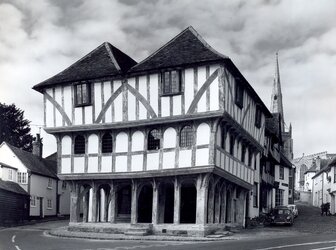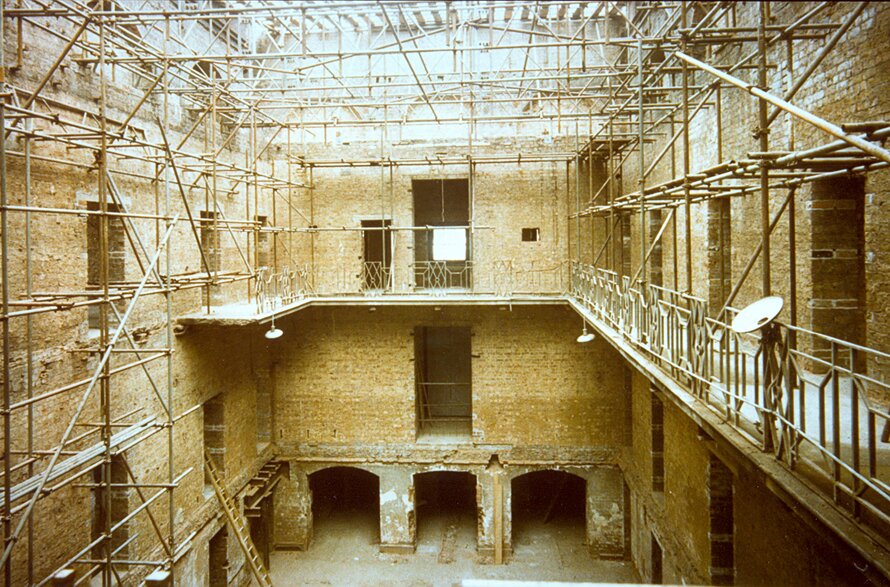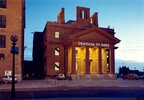Granada Television News Centre, Liverpool
Restoration of a derelict listed building, built in 1847 as the Dock Traffic Office, and its conversion into Europe's most advanced television news centre. The building was designed in form of a classical temple. The creation of the complex facility as a television news centre ...
Read more
Project details
| Title: | Granada Television News Centre, Liverpool |
|---|---|
| Entr. year: | 1987 |
| Result: | Diploma |
| Country: | United Kingdom |
| Town: | Liverpool (England) |
| Category type: | architectural heritage |
| Notes: | Since August 2007 the building houses the "International Slavery Museum" |
| Building type/ Project type: | Government/Public building |
| Former use: | Dock Traffic Office |
| Actual use: | Museum. At time of submission the building was used as a TV centre. |
| Built: | 19th century |
| Architect / Proj.leader: | Sir Philip Hardwick (1847) , Building Design Partnership, Architects and Engineers (Manchester - GB) |
| The Jury's citation: | "For the admirable restoration of a derelict 19th century building and its conversion into Europe's most advanced television news centre" |
Description:
Restoration of a derelict listed building, built in 1847 as the Dock Traffic Office, and its conversion into Europe's most advanced television news centre. The building was designed in form of a classical temple. The creation of the complex facility as a television news centre within a restrictive shell called for great ingenuity. That the external appearance of the building was to remain largely unaltered posed further challenges. The studio is located at second floor level above the main hall. The provision of this space, together with its acoustic requirements, called for some complex structural engineering. The form of the space and associated rooftop plant rooms was carefully designed to have minimum visual impact and sit behind the chimney stacks. Other plant spaces were created in the basement, a complete electrical sub-station is buried in front of the building. In the main hall, original joinery and fibrous plaster moldings have been accurately reproduced. However concealed within the walls and floor of the hall are all the mechanical and electrical services required to rapidly transform the space into a TV studio, a public auditorium, an exhibition hall or an electronic office.
Similar projects



16th century

19th century

18th-19th century


18th century

15th century

15th century


18th-19th century

18th-19th century




